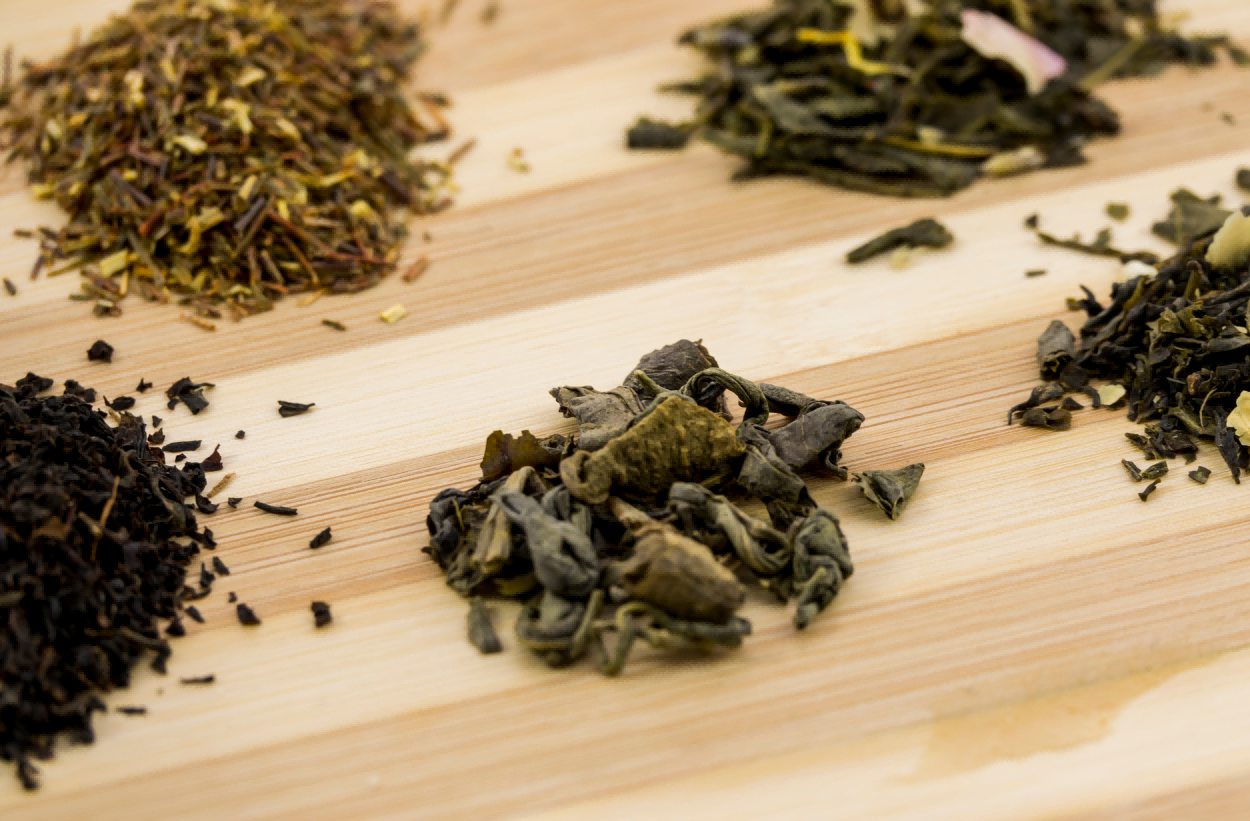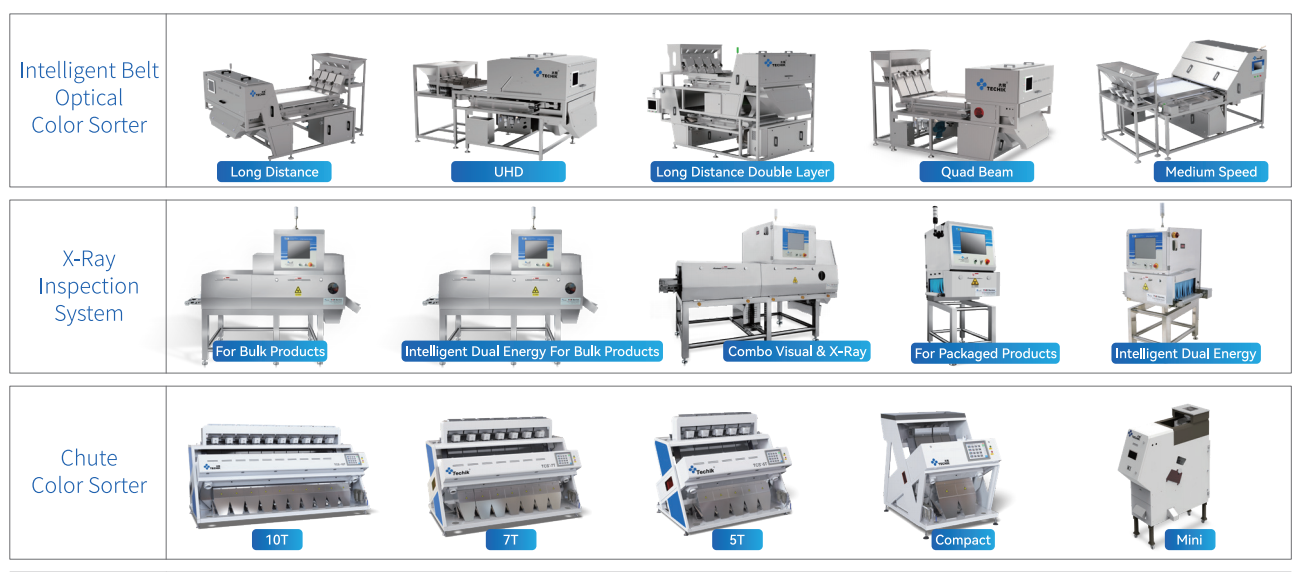
Sorting and grading tea, from raw tea to the final packaged product, presents numerous challenges across each stage. These difficulties arise from inconsistencies in leaf quality, the presence of foreign materials, and variations in texture and size, all of which must be managed effectively to maintain the desired product standards.
Key Challenges in Tea Sorting and Grading
1. Inconsistent Leaf Size and Shape
Tea leaves vary in size, shape, and maturity even within the same batch, making it difficult to achieve uniform grading. This inconsistency affects the overall quality and appearance of the final product.
2. Foreign Materials Contamination
Raw tea leaves often contain foreign matter such as twigs, stones, dust, or even hair, all of which must be removed during processing to meet safety and quality standards.
3. Leaf Quality Variability
Variations in leaf texture, moisture content, and tenderness complicate the sorting process. Some leaves may dry inconsistently, leading to further grading challenges.
4. Undetectable Internal Defects
Surface-based sorting methods may not be able to identify internal defects or impurities, especially those caused by mold or foreign objects hidden within the leaves.
5. Grading Based on Color and Texture
Different types of tea have varying standards for color and texture. Sorting equipment may struggle with subtle color differences, and manual grading can be labor-intensive and imprecise.
How Techik Solutions Address These Challenges
1. Ultra-High-Definition Color Sorting for External Defects
Techik's ultra-high-definition conveyor color sorters utilize visible light technology to detect surface defects and impurities that are difficult for the human eye to spot, such as minute foreign objects like hair. These machines excel at removing unwanted particles by recognizing slight surface differences in leaves, improving the consistency of the final product.
Application: Detects surface-level impurities, variations in color, and foreign materials.
2. X-ray Sorting for Internal Defects and Foreign Materials
Techik’s intelligent X-ray equipment uses X-ray technology to detect internal foreign objects based on density differences, providing an additional layer of quality control where color sorters may fall short. This system is especially effective for identifying low-density or tiny impurities, such as small stones or internal defects that cannot be detected by optical sorting alone.
Application: Identifies foreign objects hidden inside the tea leaves, like small stones, twigs, or any dense material that might not be visible on the surface.
3. Enhanced Efficiency and Consistency
By combining color sorting and X-ray technology, Techik offers a comprehensive solution to tea sorting and grading. This reduces the reliance on manual labor and minimizes errors in detecting defects, allowing for faster, more accurate processing while maintaining high quality throughout the entire production line.
Application: Improves consistency in grading and reduces contamination risk, ensuring higher product standards.

Post time: Oct-17-2024
